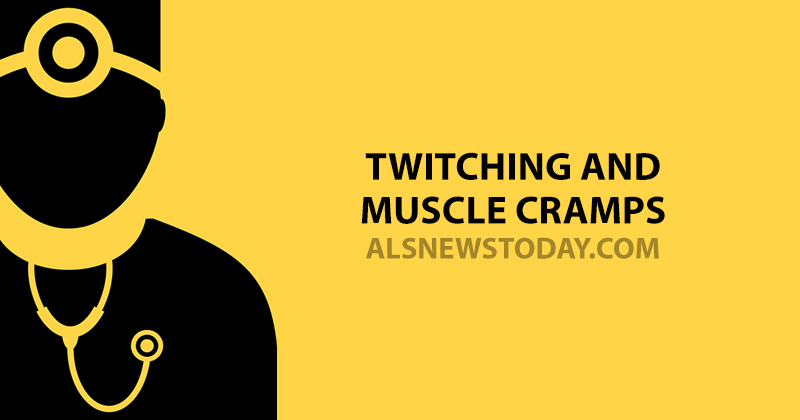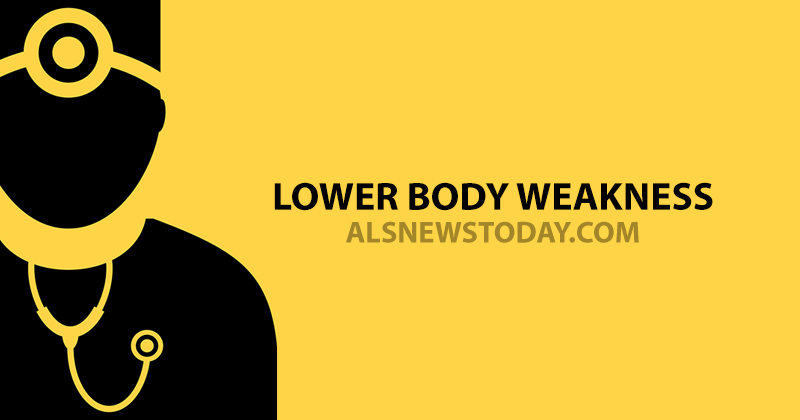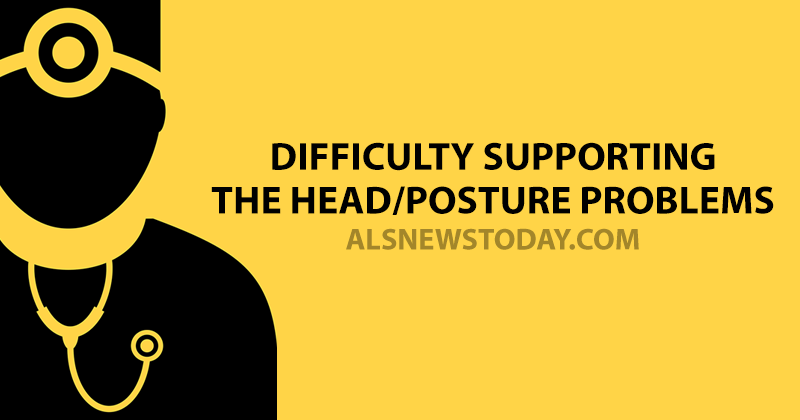7 Symptoms of Amyotrophic Lateral Sclerosis (ALS)

Amyotrophic lateral sclerosis (ALS) is a progressive disease that attacks the motor neurons in the nervous system and causes acute disability. It is also known as Lou Gehrig’s disease, after the American baseball player who was famously diagnosed with the condition. We’ve compiled a list of some of the most common symptoms of the disease based on information from the Mayo Clinic:
This can be one of the very early symptoms of disease where patients who previously had no issues with balance may suddenly find themselves regularly tripping or falling down.
Read our 10 tips for patients recently diagnosed with ALS.

Many patients will experience twitching in their shoulders and arms and occasionally their tongues. Muscle cramps are also a common early symptom as the brain’s signals to the muscles weaken.
Read about six ALS therapies designed to improve quality of life.
ALS tends to affect the hands and feet first then work inwards towards the rest of the body, so weakness of the hands and clumsiness are common early signs of the disease.
As ALS progresses, patients will find it increasingly difficult to perform simple everyday task such as dressing, washing and using utensils.
Did you know that there’s a robotic glove that improves mobility for ALS patients?
As more and more motor neurons are destroyed the lower body becomes weaker until the legs are no longer able to support the body and the patient will be unable to walk.
Find out what the role of motor neurons are in ALS.
As the muscles continue to weaken, ALS patients will initially have trouble with posture and eventually be unable to support their heads unaided.
Discover 13 facts about ALS you should know.
When the muscles in the diaphragm and neck become affected by the disease, ALS patients will gradually lose the ability to breathe and eat and will eventually need ventilation and feeding tubes.
Did you know that technology can improve communication between ALS patients?
ALS News Today is strictly a news and information website about the disease. It does not provide medical advice, diagnosis or treatment. This content is not intended to be a substitute for professional medical advice, diagnosis, or treatment. Always seek the advice of your physician or another qualified health provider with any questions you may have regarding a medical condition. Never disregard professional medical advice or delay in seeking it because of something you have read on this website.












